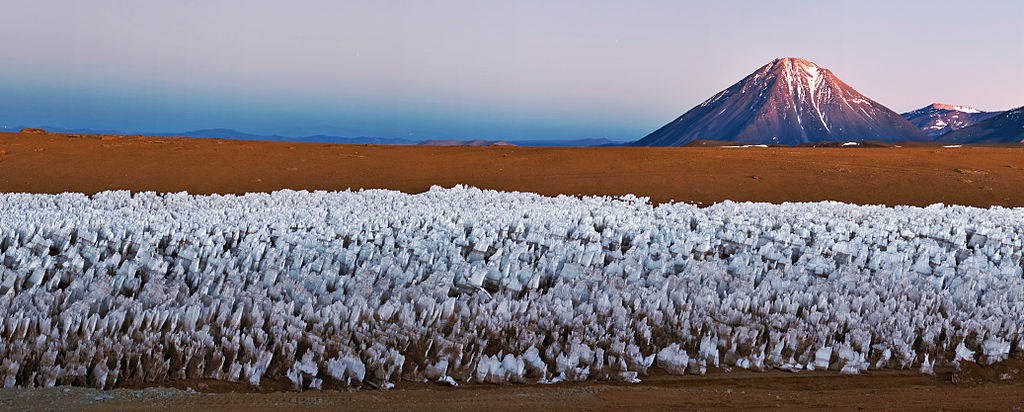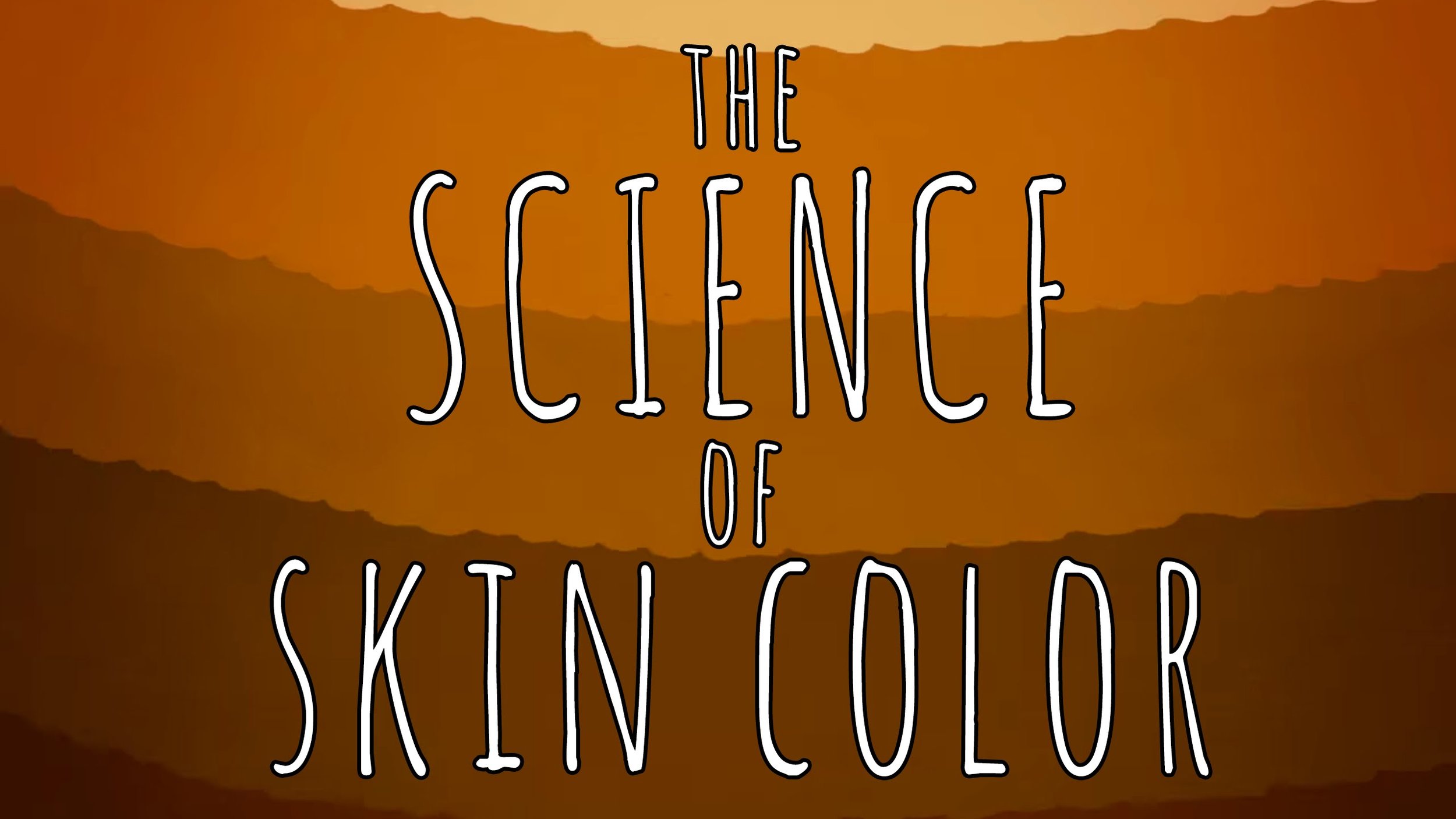Description: Ice cube spikes form when the exterior of the ice cube freezes first and the expanding water from the inside is forced out through a small hole or weak spot in the exterior. The phenomenon can be used to show the reversible change of freezing in elementary or the intermolecular forces between molecules in high school chemistry.
Web Resource: Spikes on Ice Cubes



























